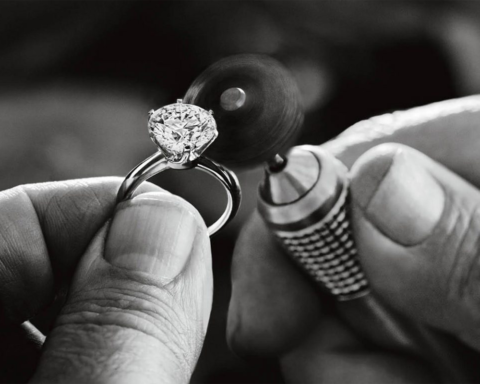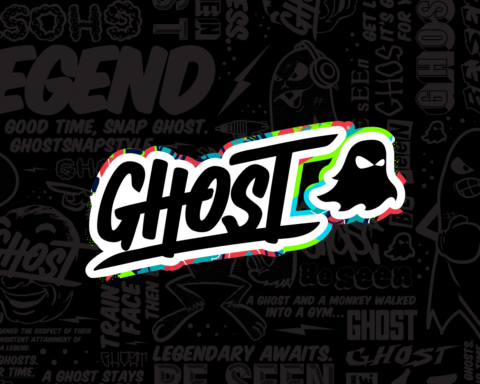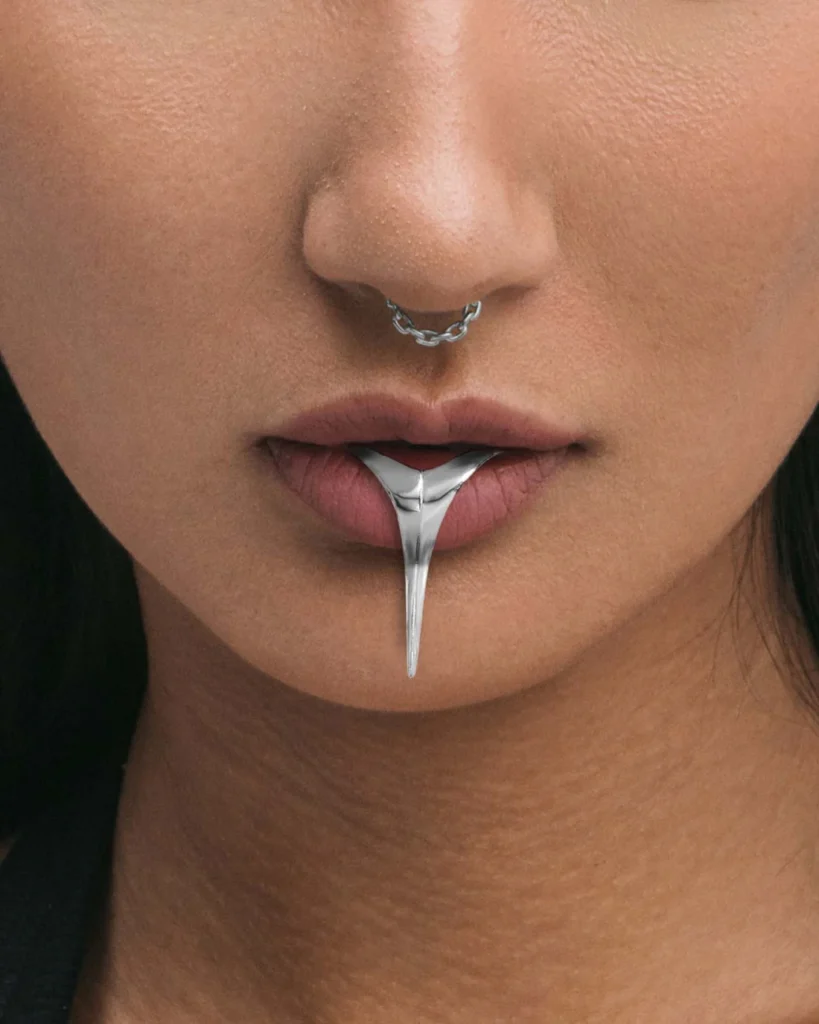In a world of fleeting trends, Ralph Lauren’s creations have been a steadfast beacon, casting a glow of aspirational living through every tie, polo shirt, and tailored suit. His vision transcended mere fashion—it was a grand narrative woven from the spirit of timelessness. From his roots in the Bronx to the glitzy enclaves of the Hamptons, Lauren’s life and career are as intricately crafted as the garments he created, filled with contradictions yet unified by one thread: reinvention.
The Loom of Beginnings: Threads of Ambition
Born Ralph Lifshitz in 1939 to Ashkenazi Jewish immigrants, Ralph’s childhood was framed by the struggle and hope of his family’s immigrant experience. Growing up in a cramped Bronx apartment, the dream of a larger world took root—one that, much like his designs, would be both deeply personal and universally resonant. Changing his surname from Lifshitz to Lauren at sixteen was his first step in creating a new identity, an early act of the transformative reinvention that would define his entire career.
Lauren’s journey from Baruch College dropout to tie salesman was punctuated by a keen understanding of the narrative power of fashion. It wasn’t just about clothing; it was about creating a story, a persona, an identity. His time in the Army and a stint working at Brooks Brothers would fine-tune his discerning eye for quality and detail. But it was his small office in the Empire State Building—where he launched his tie line “Polo” in 1967—that marked the birthplace of an empire, one that would forever change the way Americans dressed.


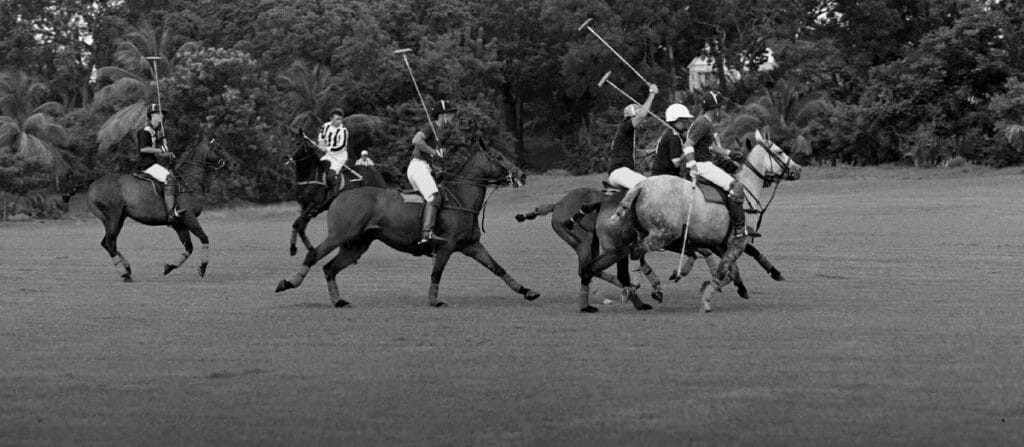

The Fabric of a Revolution: Stitching the American Myth
Lauren’s genius wasn’t in the seams he stitched, but in the stories he told. With the debut of his cotton mesh polo shirt in 1972—emblazoned with a polo player mid-swing—the shirt became an emblem of the American Dream, transcending fashion and becoming a cultural symbol. The 24 colors of the polo shirt echoed the broad strokes of Americana: from prep schools and country clubs to the vast openness of the prairies. His clothes weren’t merely worn; they were inhabited, as seen when Robert Redford donned a pink suit in The Great Gatsby (1974) or Diane Keaton wrapped herself in his tweeds for Annie Hall (1977). In these iconic moments, Lauren’s designs became part of the characters’ identities, amplifying their narratives.
As his career blossomed, Lauren’s storefronts became more than retail spaces—they were immersive theaters. His Rodeo Drive flagship (1981) was not just a place to shop, but a portal into a world of effortless elegance, where customers didn’t simply buy clothes but experienced a lifestyle. His Madison Avenue Rhinelander Mansion (1986) deepened this illusion, inviting customers to become part of the American dream Lauren had so carefully crafted—an ideal where WASP elegance, cowboy ruggedness, and English gentry were all within reach. It wasn’t just about selling garments; it was about selling a world, a belief system stitched together with passion, authenticity, and a deep yearning for reinvention.

The Embroidery of Empire: From Ties to Timelessness
By the 1990s, Ralph Lauren had expanded his empire into fragrances, home collections, and even restaurants, all bearing his iconic mark. The brand’s presence in the world of luxury was solidified with a 1997 IPO, but even as his business flourished, Lauren remained deeply connected to his roots in the Bronx. His design process remained grounded in authenticity—a craft he honed on napkins, sketching new ideas while keeping one foot in the world of the everyday person.
Lauren’s brand portfolio—Polo Ralph Lauren, Purple Label, and Double RL—had become a lexicon of American archetypes, each brand resonating with distinct, yet interconnected, facets of the American identity. As the 2000s ushered in a new era, Lauren’s commitment to sustainability became a part of the weave, with organic cotton lines and the pink pony campaign supporting cancer research, all while his business grew to an impressive $6.4 billion in revenue by 2025.

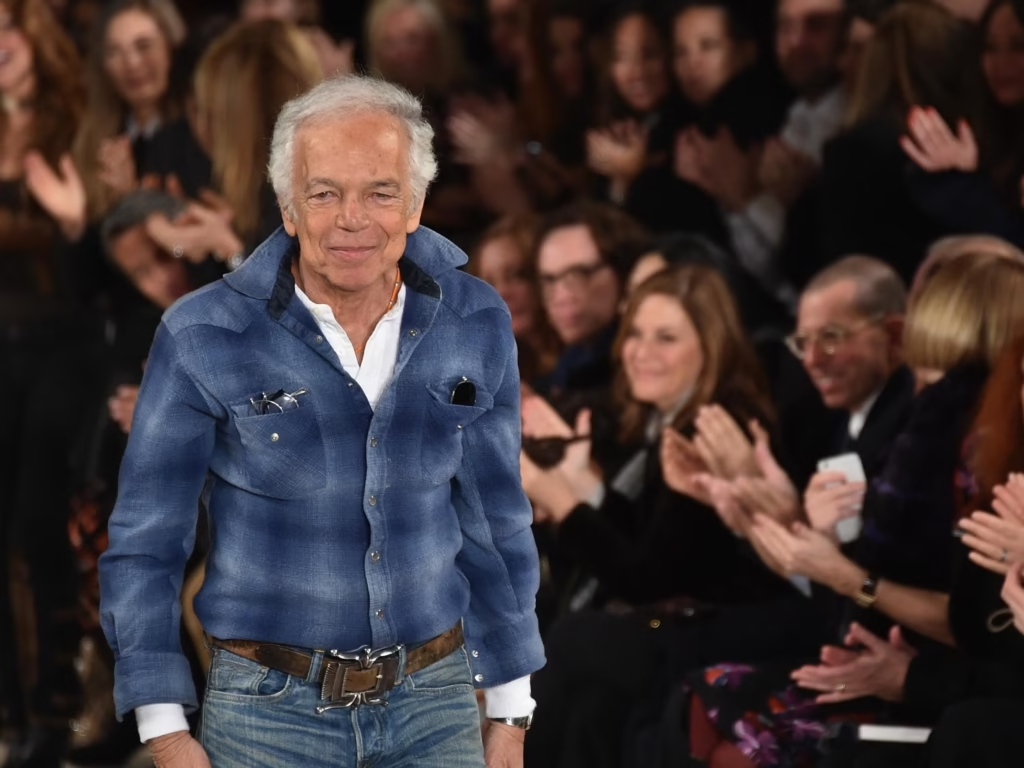


The Quilt of Legacy: Poetry in Every Stitch
Today, Ralph Lauren is an industry legend. At 85, his creative pulse remains undiminished, his designs still embodying the effortless elegance he’s always championed. His Spring 2025 collection—revealed in the golden light of the Hamptons—draped icons like Jill Biden and Usher in soft pastels, proving that his eye for beauty is as sharp as ever. Yet his legacy, like the designs he creates, is paradoxical: a democratized luxury that whispers, You, too, can craft your myth.
Lauren’s empire is not simply a business—it’s a movement, an ideal. The logo of the polo player is more than an image; it’s a symbol of ambition, elegance, and perpetual motion. As he once said, “I don’t design clothes. I design dreams.” And in every thread, every color, every silhouette, Ralph Lauren has woven the most American dream of all: that reinvention is eternal, and timelessness is the greatest rebellion of all.



